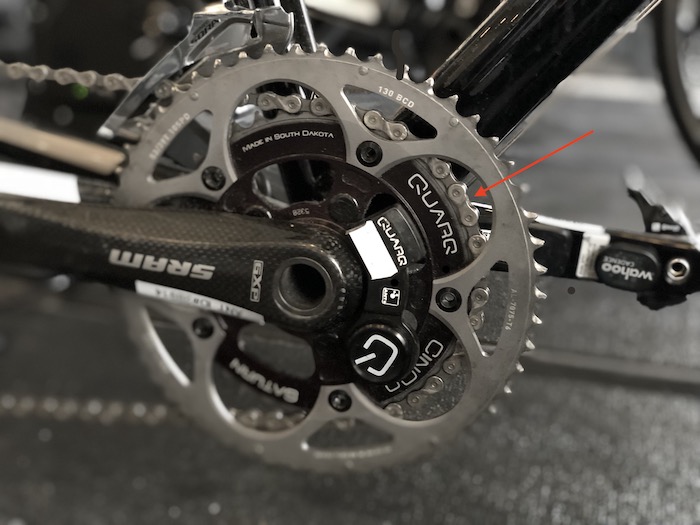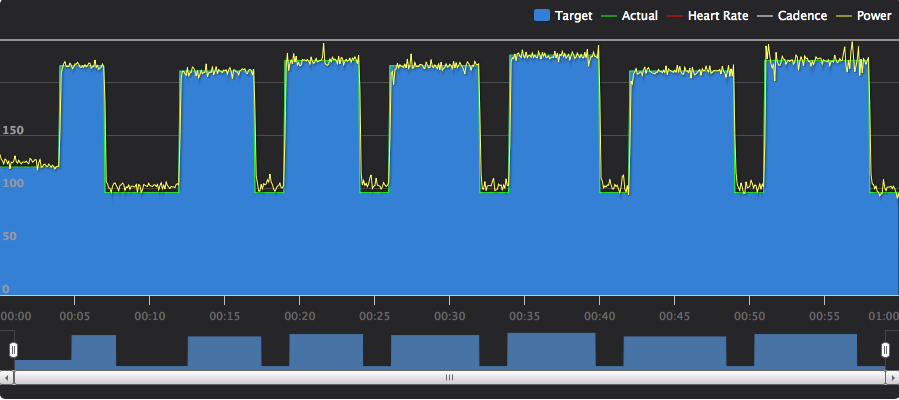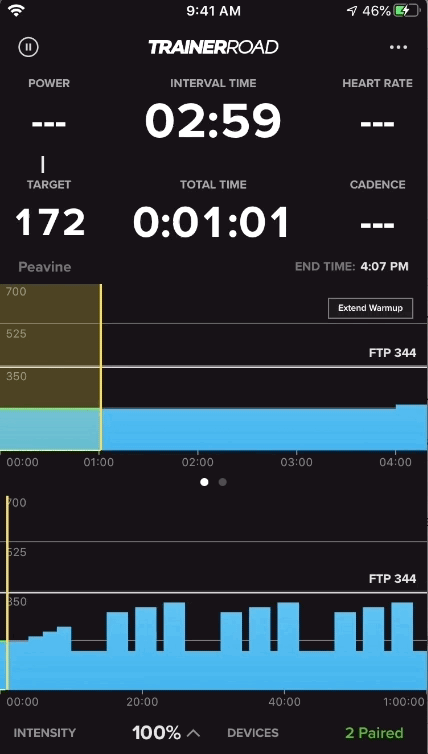
This is probably due to the KICKR trying to slow down its heavy flywheel compare to the NEO’s virtual flywheel.ĭespite the little variations between the KICKR and NEO, the final numbers for each interval came out very close to my target as you see in the table below:

You can see how the KICKR power dips below target power where the NEO tried to keep me in-line. Here is another look at the end of the interval. The KICKR went up to close to 250 watts, that’s 15 watts above my target range, The NEO also went up to about 250 watts but stayed there for only a second or two and immediately responded to my surge in power and brought me back to 235 watts I was supposed to do.Īgain, here is another scatter chart to view the power distribution between the two trainers: The big jump at the beginning of each interval is due to me standing to get to the target power. When doing anything above FTP, I usually prefer not to use ERG mode. This is really not noticeable by that much when you are trying to stay at tempo or sweet spot but anything at or above FTP can probably take its toll. This is probably due to the heavier flywheel. If you keep your eyes on your power numbers, you will notice the KICKR tends to vary +/- 5% off your target power. The KICKR seems to have a larger variance in high and low power values. Let’s take a closer look and zoom into the second interval. Here is another view using a scatter chart to help illustrate the distribution of power between each trainer. You can clearly see in the chart the NEO responded to changes in my cadence a lot faster so I don’t have that many spikes and the intervals came as smooth as you will probably get. So ignore the drops in the first recovery section. I tried to be as consistent as possible with both workouts but had to make few adjustments after the first interval with the KICKR. Currently, Zwift and TrainerRoad offer power match function. Previously, to use ERG mode, you have to select your trainer as the power source. Power match is when you can use your power meter as the source when selecting ERG mode. Zwift introduced Power match back in May. Just to clarify, I am measuring power from my crank based power meter not the actual trainer. Same bike, same rider (me), same power meter. I also used the same exact setup for both rides. Since I can’t ride two trainers at the same time, I did the same exact workout one week apart.

With ERG mode, the trainer will automatically change the resistance for you until you hit 200 watts regardless of your cadence, and gear selection. So, if you are following a structured plan like a good cyclist, and the plan calls for 200 watts, usually you have to pedal faster or change gear or a combination of both until you hit 200 watts and then you try to stay there for the remainder of your interval.

WHAT IS ERG MODE?ĮRG mode is basically a function where a smart trainer, like the KICKR or Tacx NEO, sets your resistance for you to match your goal wattage rather than leaving this on your shoulder. If you are not familiar with this term, then let me explain what ERG mode is. Smart trainers like Wahoo’s KICKR, Tacx NEO and others offer a lot of nifty little features.


 0 kommentar(er)
0 kommentar(er)
